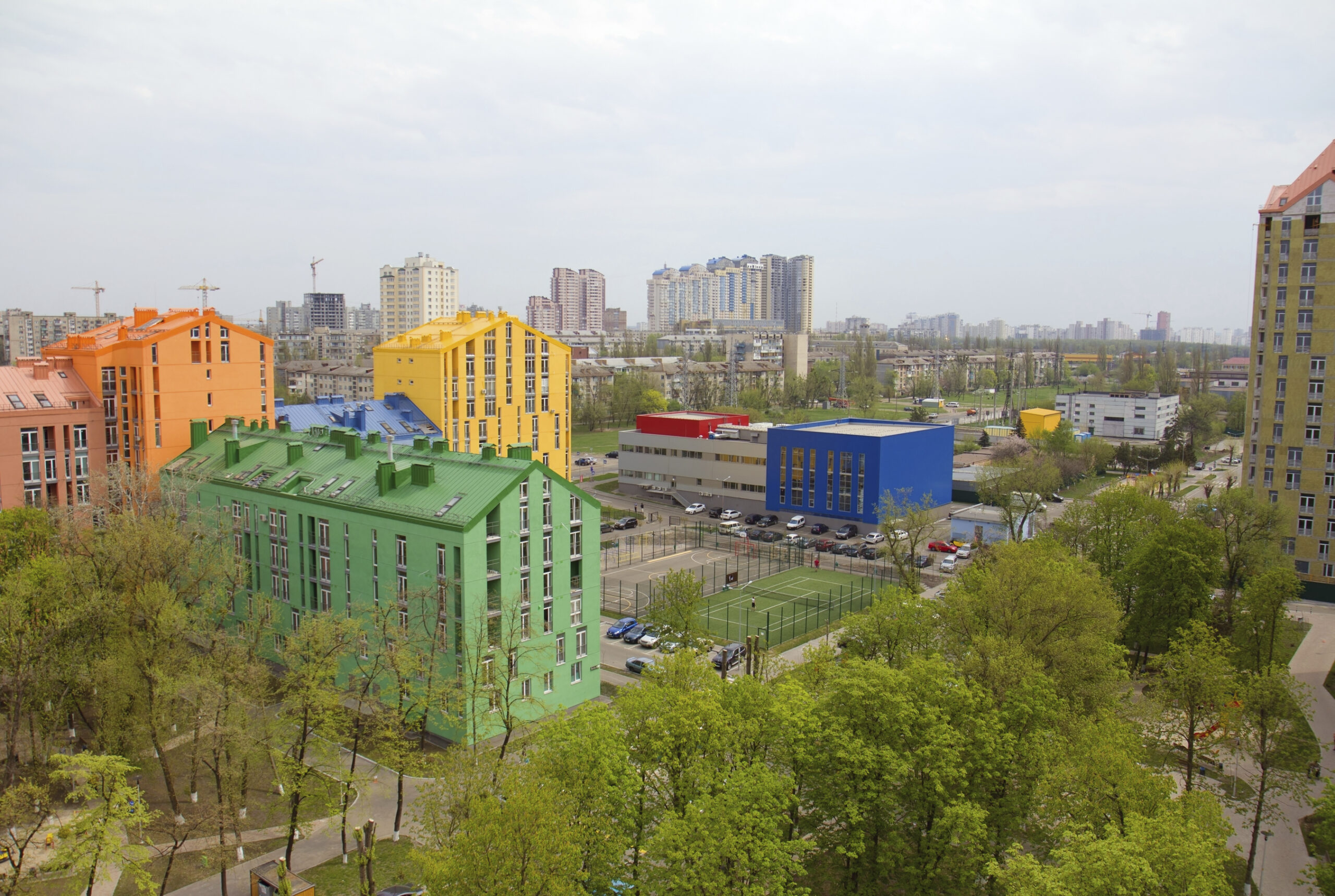Comprehensive Planning
Two Sub-Area Master Plans
Two communities located within separate municipal sub-areas needed to develop comprehensive plans designed to support their mixed-use neighborhoods. A sub-area is a smaller area within a county’s comprehensive plan with specific land-use designations and public facilities planning guidelines. The plans had to comply with zoning laws and transportation needs while also meeting the interests of local residents, business owners, and developers. Each of these two communities had similar types of stakeholders in common. They included local small businesses, neighborhood and civic associations, environmental groups, real estate developers, property management companies, and city and county planning and transportation officials.
Issues and Goals
Sub-area 1: Twinbrook A million-square-foot mixed-use high-rise development with access to transit was approved near the Twinbrook section of Rockville, Maryland. Residents and other stakeholders wanted to preserve the character and amenities of their neighborhood, including parks, playgrounds, and public spaces. They also wanted easy access to the transit and retail elements of the new development. However, the approved plan offered limited pedestrian and vehicular options from the existing neighborhood.
Sub-area 2: Woodmont A bi-county planning agency wanted to revitalize the streetscape and commercial activity in Woodmont, an unincorporated urban area located in Bethesda, Maryland. This area was surrounded by three arterial roads, which formed a triangle. Three potential options were under consideration:.
1. Concentrate the high-rise mixed-use density along the arterial roads which created the boundaries of the triangle;
2. Place the high-rise buildings in the center of the triangle, with lower density developments extending out from the center toward the arterial roads; or
3. Develop some combination of the first two approaches.
In each of these cases, there was a need to develop a plan to both preserve and revitalize the adjoining neighborhoods. These plans had to comply with zoning regulations and road and rapid transit capacity while also remaining compatible with the interests of local communities, planning officials, and developers.
Processes
The local bi-county planning agency held six public meetings for Twinbrook and eight meetings for Woodmont. The agency presented pictures of actual streetscapes and computer-assisted images and schematic designs illustrating various streetscapes, densities, and elevations.
Working as the team lead for a community mediation center, we helped the agency engage the public to receive input on their preferred combinations of these elements. In between each public workshop, my team helped the planning agency to understand and interpret the public input. We learned that the agency staff were invested in what they saw as the “right” outcomes because they had studied it for so long. We also worked with the planning officials to design and frame the issues for the next public meeting.
After a series of these meetings where we involved and consulted with the public, a sense of their preferences about the new developments began to emerge. In Twinbrook, public input revolved around protecting and enhancing the existing parks, playgrounds, and pedestrian paths. Residents also expressed a preference for designing access roads and adding new pedestrian walkways to the transit-oriented development. A similar process was used in Woodmont, where public input showed a preference for increased public amenities, a lively street life, and density toward the center of the triangle away from the arterial roads.
Outcomes
• Through successful stakeholder collaboration and public involvement in land use decision-making, the mixed-use development plans in both sub-area neighborhoods were approved by the county council while also preserving the interests of all affected parties.
• The mixed-use comprehensive development plans for both sub-areas enjoyed widespread support because the agency worked hard, with our assistance, to address the needs and interests of the main stakeholder groups.
• The planning agency I worked with on the Woodmont project received an award for public participation from the regional chapter of the American Planning Association.
